Home>Home Appliances>Laundry Appliances>How To Clean A Top-Loading Washing Machine With Agitator
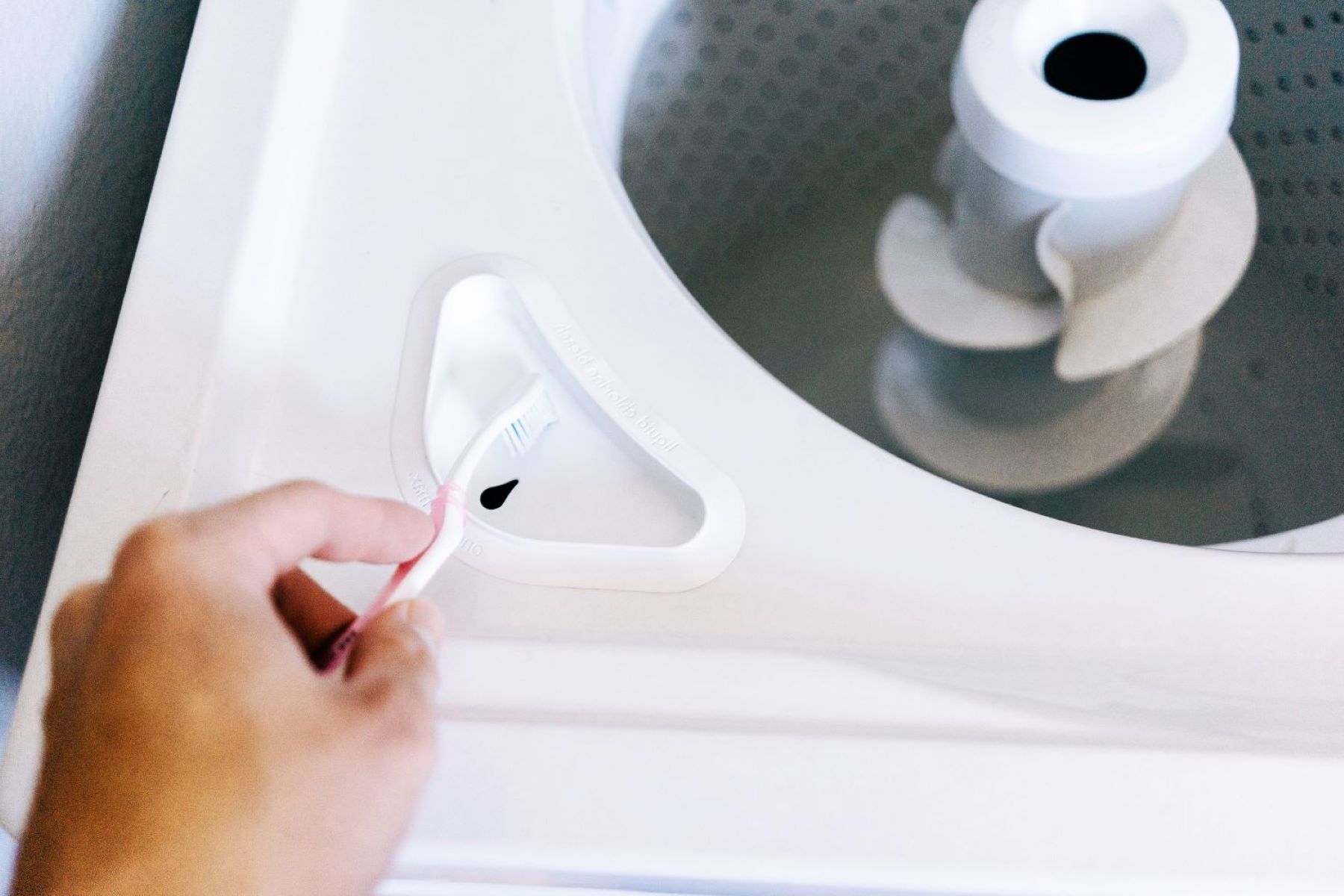

Laundry Appliances
How To Clean A Top-Loading Washing Machine With Agitator
Modified: August 27, 2024
Learn how to effectively clean your top-loading washing machine with agitator to keep your laundry appliances in top condition. Follow our expert tips now!
(Many of the links in this article redirect to a specific reviewed product. Your purchase of these products through affiliate links helps to generate commission for Storables.com, at no extra cost. Learn more)
Introduction
Cleaning a top-loading washing machine with an agitator is essential to maintain its efficiency and prolong its lifespan. Over time, dirt, grime, and detergent residue can accumulate in various parts of the machine, leading to unpleasant odors and affecting the cleanliness of your laundry. By incorporating a regular cleaning routine, you can ensure that your washing machine operates at its best, producing fresh and spotless laundry with every cycle.
In this comprehensive guide, we will walk you through the step-by-step process of cleaning a top-loading washing machine with an agitator. From gathering the necessary supplies to tackling the agitator, drum, and exterior, we will cover every aspect of the cleaning process. Additionally, we will provide insights on running a cleaning cycle to eliminate any remaining residues and maintain the machine's pristine condition.
By following these cleaning instructions, you can effectively remove built-up grime, eliminate odors, and prevent potential issues that may arise from neglecting the maintenance of your washing machine. Whether you are a seasoned homeowner or a first-time laundry appliance owner, this guide will equip you with the knowledge and techniques to keep your top-loading washing machine with an agitator in optimal working condition.
Now, let's dive into the details and discover the simple yet effective methods to clean your top-loading washing machine with an agitator, ensuring that it continues to deliver outstanding cleaning performance for years to come.
Key Takeaways:
- Regularly clean your top-loading washing machine with vinegar and baking soda to remove grime, odors, and residues, ensuring fresh and spotless laundry results.
- Running a cleaning cycle with hot water and vinegar helps thoroughly cleanse your washing machine, maintaining optimal performance and hygiene for future laundry loads.
Read more: How To Load Top Load Washer Without Agitator
Gather Your Supplies
Before embarking on the cleaning process, it's crucial to gather the necessary supplies to ensure a thorough and effective cleaning of your top-loading washing machine with an agitator. By having the right tools and cleaning agents at your disposal, you can streamline the process and achieve optimal results. Here's a comprehensive list of supplies you'll need:
-
White Vinegar: This versatile household staple serves as a powerful natural cleaner and deodorizer. Its acidic properties make it highly effective in dissolving mineral deposits, detergent residue, and stubborn grime within the washing machine.
-
Baking Soda: Known for its gentle abrasive and deodorizing properties, baking soda is an excellent ally in combating odors and removing stains from the interior of the washing machine.
-
Microfiber Cloth or Sponge: Opt for a soft microfiber cloth or sponge to wipe down the exterior surfaces of the washing machine. These materials are gentle yet effective in removing dust, spills, and smudges without causing scratches.
-
Toothbrush or Soft Bristle Brush: A toothbrush or soft bristle brush is ideal for reaching tight spaces and crevices, especially when cleaning the agitator and other hard-to-reach areas within the machine.
-
Hot Water: Access to hot water is essential for activating the cleaning agents and facilitating the removal of residues from the washing machine's interior.
-
Liquid Dish Soap: A mild liquid dish soap can be used to clean the exterior surfaces of the washing machine, effectively cutting through grease and grime.
-
Rubber Gloves: To protect your hands from prolonged exposure to cleaning agents and hot water, it's advisable to wear rubber gloves throughout the cleaning process.
By ensuring that you have these supplies on hand, you can proceed with confidence, knowing that you are well-equipped to tackle the task of cleaning your top-loading washing machine with an agitator. With these tools and cleaning agents at your disposal, you'll be ready to restore your washing machine to a pristine condition, ensuring optimal performance and cleanliness for your laundry loads.
Clean the Agitator
The agitator in a top-loading washing machine plays a pivotal role in ensuring thorough cleaning by agitating the water and laundry within the drum. Over time, it can become a haven for dirt, grime, and detergent residues, potentially leading to unpleasant odors and affecting the cleanliness of your laundry. To maintain the agitator's efficiency and prevent these issues, regular cleaning is essential.
To begin cleaning the agitator, start by filling the washing machine with hot water, ensuring that the water level covers the agitator. Next, add two cups of white vinegar to the water. The acidic nature of vinegar makes it an effective natural cleaner, capable of dissolving mineral deposits and breaking down stubborn residues within the agitator.
Allow the washing machine to agitate for a few minutes to distribute the vinegar-infused water throughout the agitator and the drum. This process facilitates the penetration of the cleaning solution into the nooks and crannies of the agitator, effectively loosening and dislodging accumulated grime and residues.
After the agitation cycle, pause the machine and let the vinegar solution sit for about an hour. This dwell time allows the acidic properties of the vinegar to work on dislodging and breaking down the built-up residues within the agitator.
Once the dwell time has elapsed, resume the washing cycle and let the machine complete the full wash and rinse cycle. The combination of hot water and vinegar will work together to flush out the loosened residues from the agitator, leaving it clean and refreshed.
For any stubborn residues that may still linger within the agitator, a toothbrush or soft bristle brush can be used to gently scrub the surface of the agitator, ensuring that any remaining grime is effectively removed. Take care to reach into the crevices and textured surfaces of the agitator to achieve a thorough cleaning.
By following these steps, you can effectively clean the agitator of your top-loading washing machine, ensuring that it remains free from accumulated residues and odors. This proactive approach to maintenance will contribute to the overall cleanliness and performance of your washing machine, allowing it to continue delivering exceptional cleaning results with every laundry cycle.
Run a hot water cycle with vinegar to clean the drum and remove any buildup. Then, run a second hot water cycle with baking soda to deodorize and freshen the machine.
Clean the Drum
Cleaning the drum of your top-loading washing machine is a crucial step in maintaining its performance and ensuring the cleanliness of your laundry. Over time, the interior of the drum can accumulate dirt, grime, and detergent residues, leading to unpleasant odors and potentially affecting the quality of your wash. By following these detailed steps, you can effectively clean the drum and restore it to a pristine condition.
-
Prepare a Baking Soda Solution: Begin by creating a cleaning solution using baking soda. In a small bowl, mix 1/4 cup of baking soda with an equal amount of water to form a paste. Baking soda is renowned for its gentle abrasive properties and natural deodorizing effects, making it an ideal cleaning agent for the interior of the washing machine drum.
-
Apply the Baking Soda Paste: With the baking soda paste ready, use a soft cloth or sponge to apply the mixture to the interior surfaces of the drum. Focus on areas where stains, residues, or odors are most prevalent. The gentle abrasive action of the baking soda will help dislodge grime and residues while neutralizing any lingering odors.
-
Let the Paste Sit: Once the baking soda paste has been applied to the drum, allow it to sit for at least 30 minutes. This dwell time enables the baking soda to effectively penetrate and lift away stubborn residues, ensuring a thorough cleaning of the interior surfaces.
-
Wipe Down the Drum: After the dwell time has elapsed, use a clean, damp microfiber cloth to wipe down the interior of the drum. Ensure that all traces of the baking soda paste are removed, along with any loosened grime and residues. Take care to reach all areas of the drum, including the upper rim and the agitator area, if applicable.
-
Inspect and Rinse: Once the initial wiping is complete, inspect the drum to ensure that it is free from visible residues and odors. If necessary, rinse the interior of the drum with clean water to remove any remaining traces of the baking soda paste.
-
Run a Rinse Cycle: To further ensure the removal of any residual cleaning agents, run a rinse cycle with hot water. This final step will thoroughly flush out any remaining traces of the baking soda paste, leaving the drum clean and ready for future laundry loads.
By following these detailed steps, you can effectively clean the drum of your top-loading washing machine, eliminating grime, residues, and odors to maintain a hygienic and efficient laundry appliance. This proactive approach to maintenance will contribute to the overall cleanliness and performance of your washing machine, allowing it to continue delivering exceptional cleaning results with every laundry cycle.
Clean the Exterior
Cleaning the exterior of your top-loading washing machine is essential not only for aesthetic purposes but also for maintaining the overall hygiene and functionality of the appliance. Over time, the exterior surfaces can accumulate dust, spills, and smudges, detracting from the machine's visual appeal and potentially harboring bacteria or grime. By following these detailed steps, you can effectively clean the exterior of your washing machine, ensuring that it remains pristine and well-maintained.
-
Prepare a Cleaning Solution: Begin by preparing a gentle cleaning solution using a mild liquid dish soap and warm water. In a small bucket or container, mix a few drops of the liquid dish soap with warm water to create a soapy solution. The mild nature of the dish soap makes it suitable for cleaning the exterior surfaces without causing damage or discoloration.
-
Dampen a Microfiber Cloth: Dip a soft microfiber cloth into the soapy solution, ensuring that it is damp but not dripping wet. The gentle and absorbent nature of a microfiber cloth makes it ideal for cleaning the exterior surfaces of the washing machine without leaving lint or scratches.
-
Wipe Down the Exterior: Starting from the top of the washing machine, gently wipe down the exterior surfaces with the dampened microfiber cloth. Pay close attention to areas that are prone to dust and spills, such as the control panel, lid, and the top edges of the machine. Use gentle, circular motions to effectively lift away dirt and grime.
-
Focus on Stubborn Stains: For any stubborn stains or dried spills, apply a bit of the soapy solution directly onto the affected areas. Allow the solution to sit for a few minutes to loosen the stains before gently wiping it away with the damp cloth. Repeat this process as needed until the stains are effectively removed.
-
Clean the Control Panel: When cleaning the control panel, take care to avoid excessive moisture around the buttons and displays. Use a slightly dampened cloth to wipe the control panel, ensuring that no water seeps into the electronic components. For stubborn residues around the buttons, a cotton swab dipped in the soapy solution can be used for precise cleaning.
-
Dry and Polish: Once the exterior surfaces have been thoroughly cleaned, use a dry microfiber cloth to gently dry and polish the surfaces. This step helps to remove any remaining moisture and leaves the exterior of the washing machine with a clean and streak-free finish.
By following these detailed steps, you can effectively clean the exterior of your top-loading washing machine, ensuring that it remains visually appealing and free from dirt and spills. This proactive approach to maintenance not only enhances the overall cleanliness of your laundry area but also contributes to the longevity and performance of your washing machine. With a clean and well-maintained exterior, your top-loading washing machine will continue to be a reliable and attractive addition to your home.
Run a Cleaning Cycle
Running a cleaning cycle is the final step in the comprehensive process of cleaning a top-loading washing machine with an agitator. This crucial step ensures that any remaining residues, cleaning agents, and odors are thoroughly flushed out, leaving the washing machine in a pristine and hygienic state. By following these detailed instructions, you can effectively run a cleaning cycle, allowing your washing machine to maintain optimal performance and cleanliness for future laundry loads.
To initiate the cleaning cycle, start by setting the washing machine to the hottest water setting available. Hot water is highly effective in activating the cleaning agents and facilitating the removal of residues from the interior of the machine. Additionally, the elevated temperature helps to eliminate bacteria and germs, contributing to a hygienic cleaning process.
Once the water temperature is set to hot, add two cups of white vinegar to the washing machine. The acidic properties of vinegar make it an exceptional natural cleaner and deodorizer, capable of dissolving mineral deposits, detergent residues, and stubborn grime within the machine. The vinegar-infused water will work to thoroughly cleanse the interior components, including the drum, agitator, and other hard-to-reach areas.
After adding the white vinegar, allow the washing machine to agitate for a few minutes. This agitation process ensures that the vinegar-infused water is distributed throughout the machine, reaching all the nooks and crannies to dislodge and flush out any remaining residues.
Following the agitation cycle, pause the machine and let the vinegar solution sit for approximately 30 minutes to an hour. This dwell time allows the acidic properties of the vinegar to work on dislodging and breaking down any lingering residues within the washing machine.
Once the dwell time has elapsed, resume the cleaning cycle and allow the washing machine to complete the full wash and rinse cycle. The combination of hot water and vinegar will work together to thoroughly flush out any remaining traces of grime, residues, and odors, leaving the machine clean and refreshed.
By following these detailed steps to run a cleaning cycle, you can effectively ensure that your top-loading washing machine with an agitator is thoroughly cleansed and ready for future laundry loads. This proactive approach to maintenance not only contributes to the overall cleanliness and performance of the machine but also provides you with the assurance of consistently fresh and spotless laundry results.
Frequently Asked Questions about How To Clean A Top-Loading Washing Machine With Agitator
Was this page helpful?
At Storables.com, we guarantee accurate and reliable information. Our content, validated by Expert Board Contributors, is crafted following stringent Editorial Policies. We're committed to providing you with well-researched, expert-backed insights for all your informational needs.
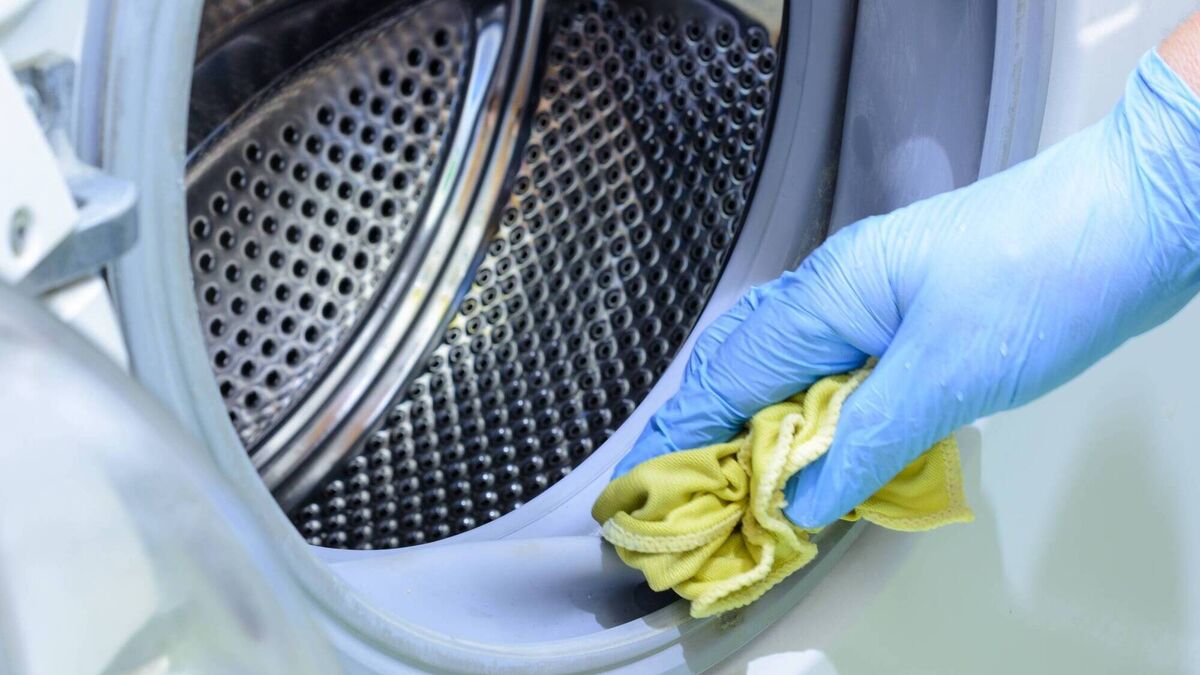
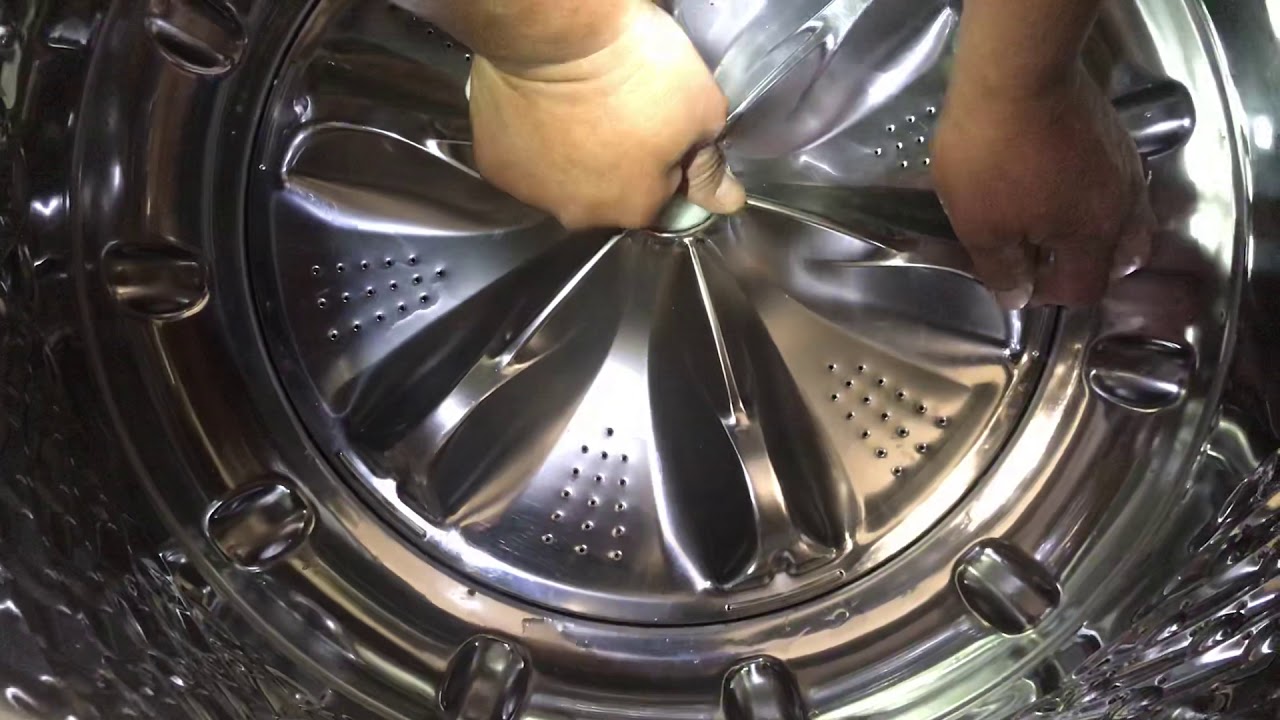
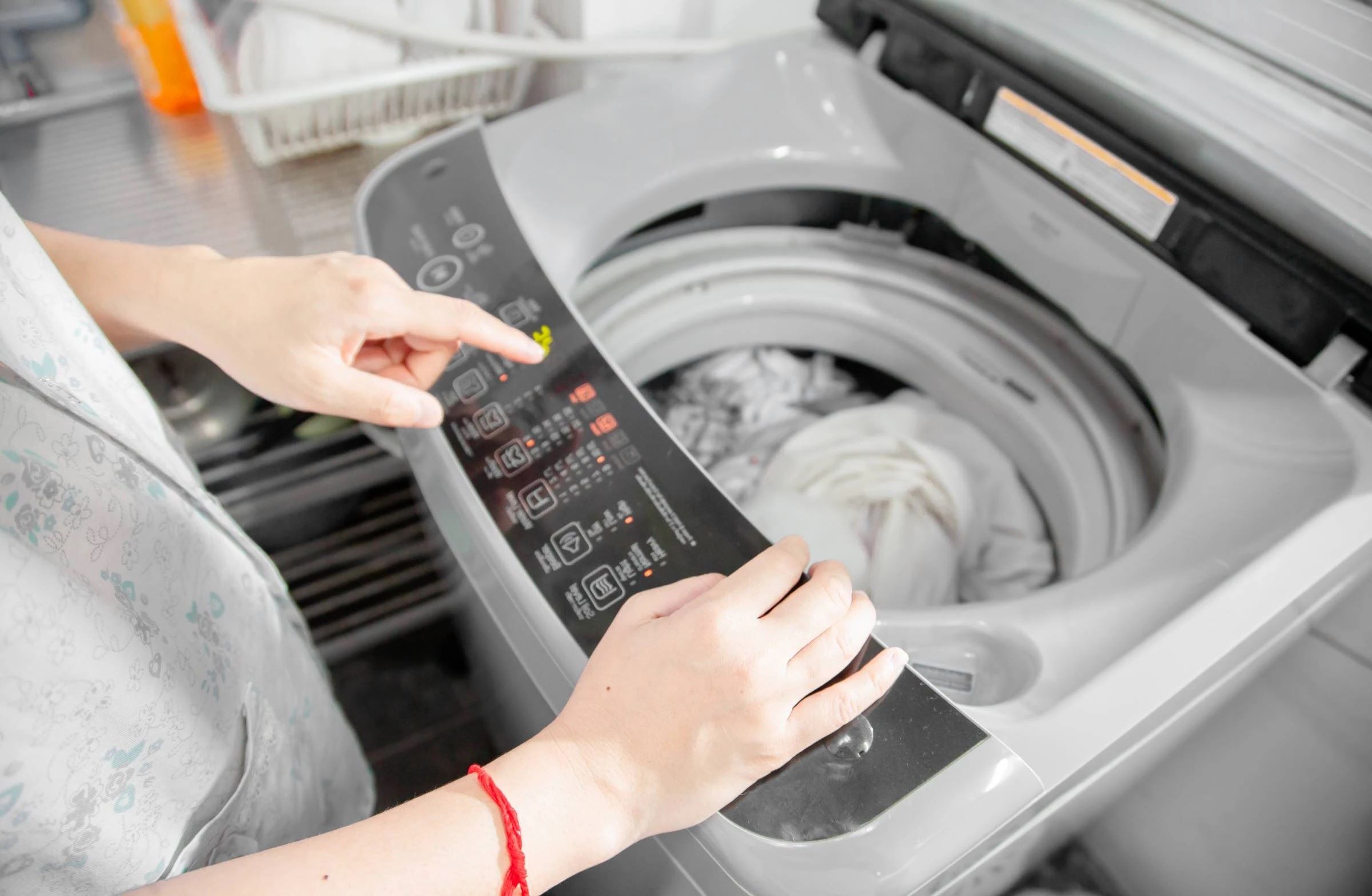
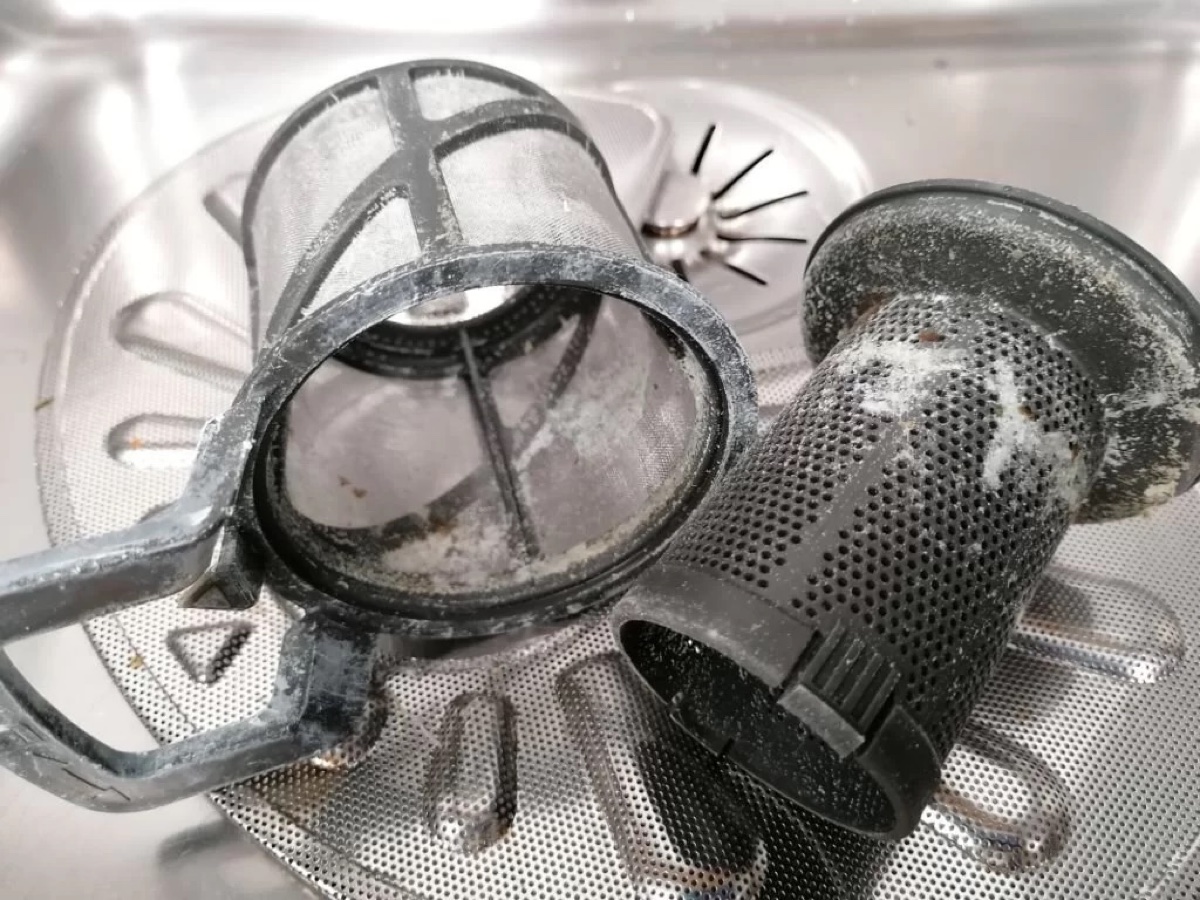
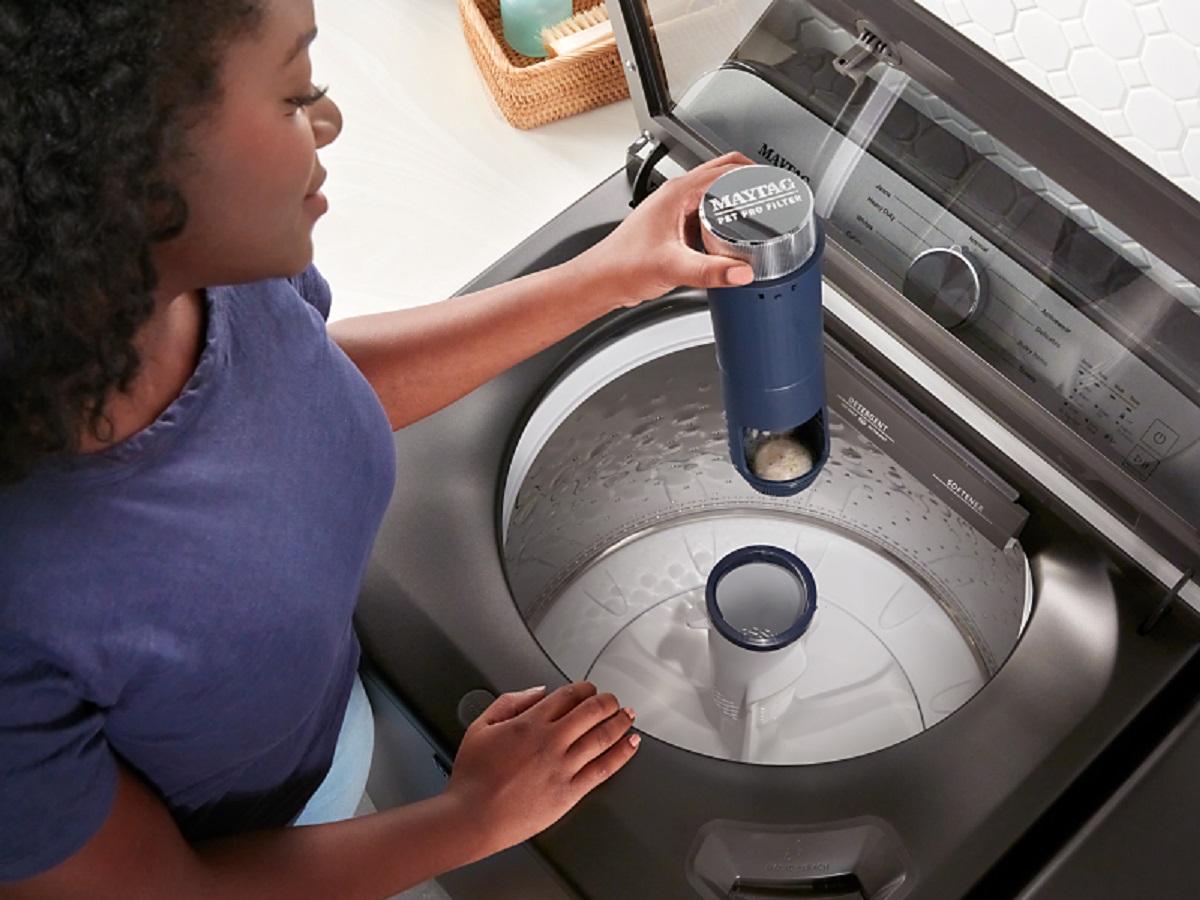
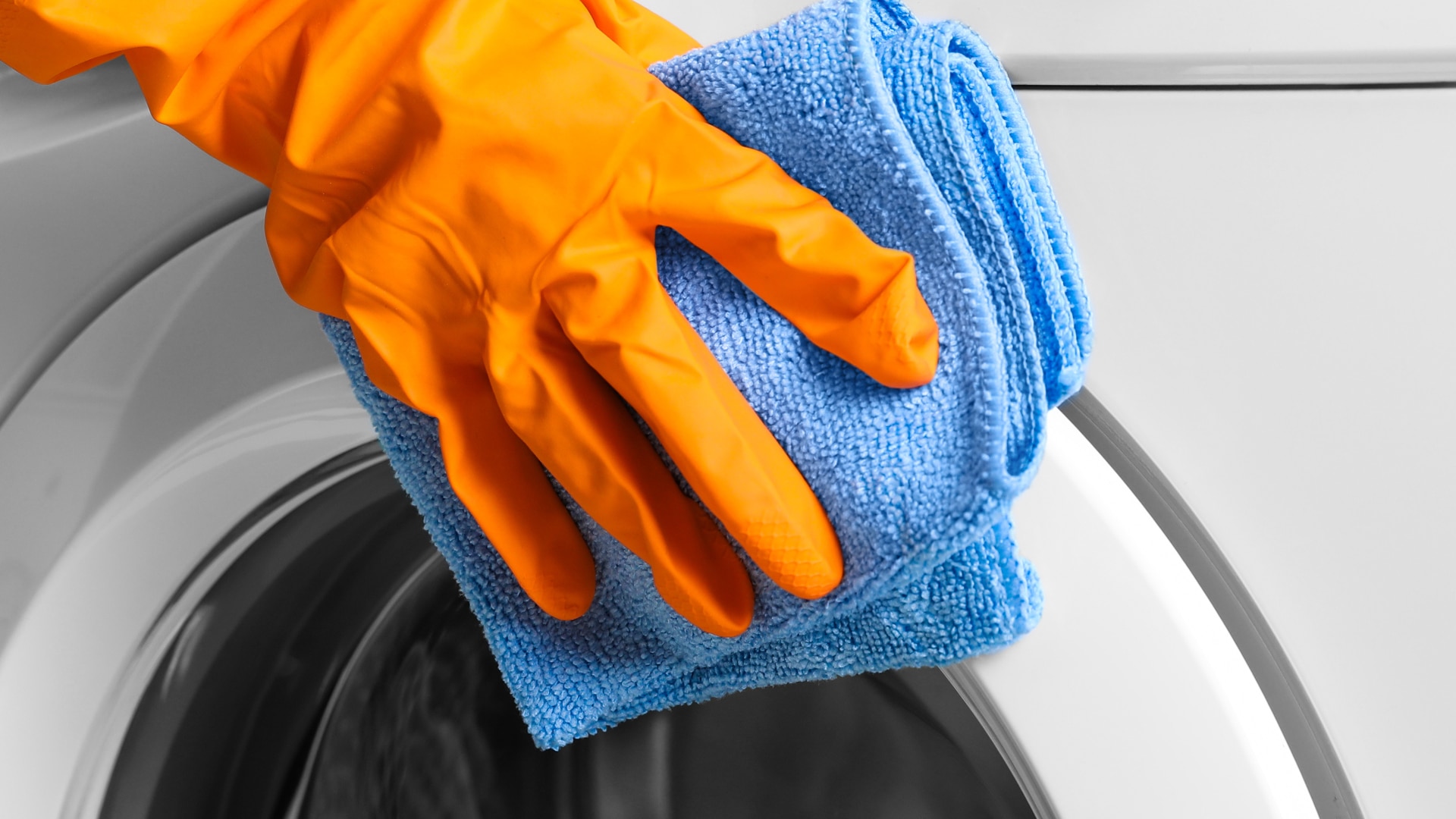
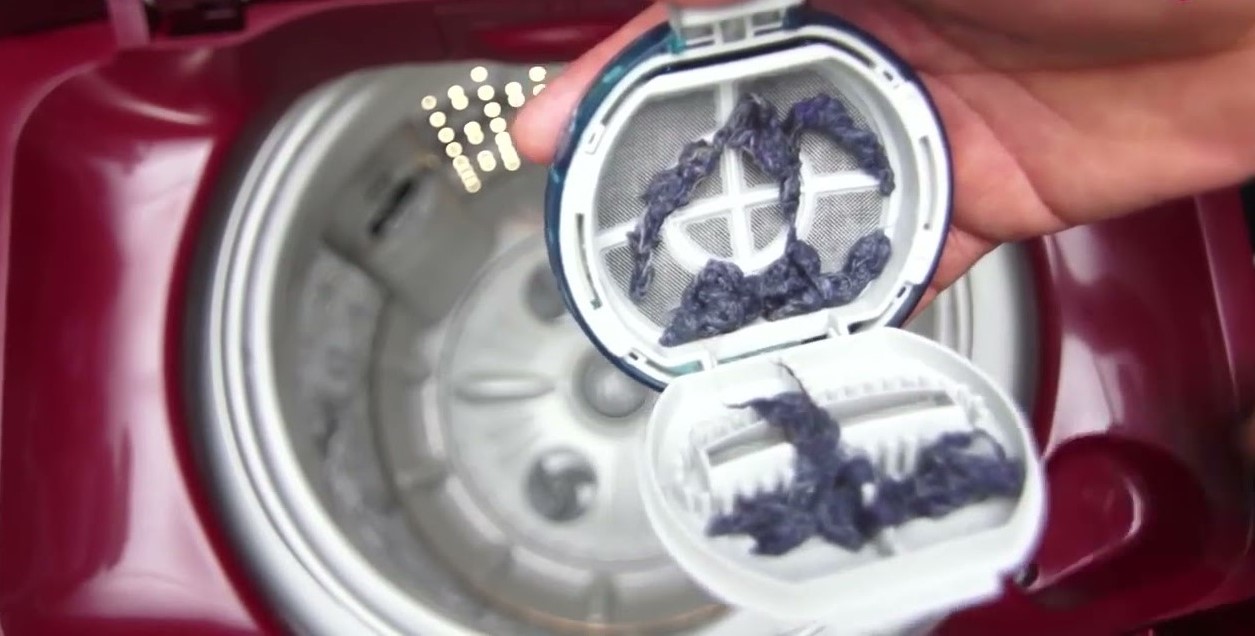
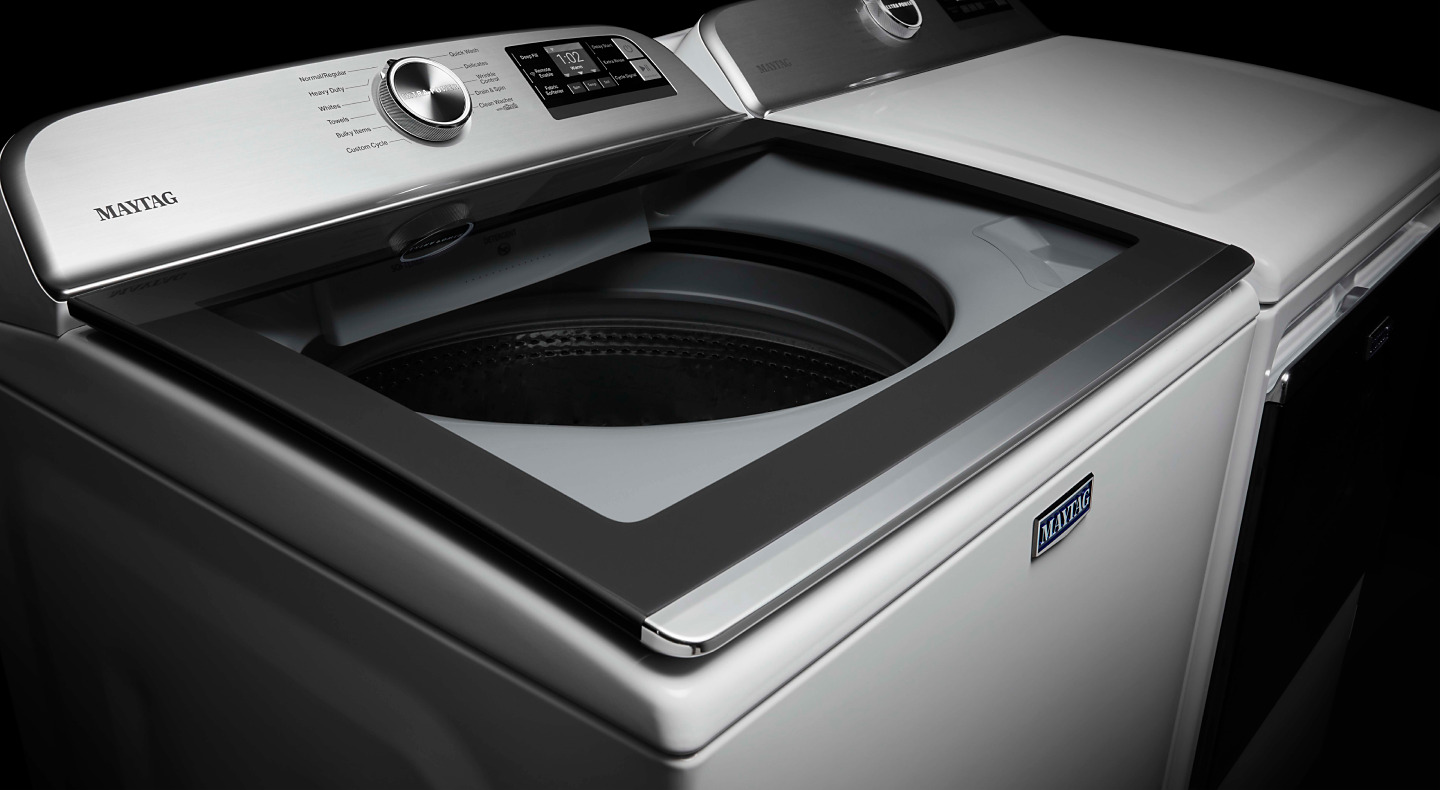

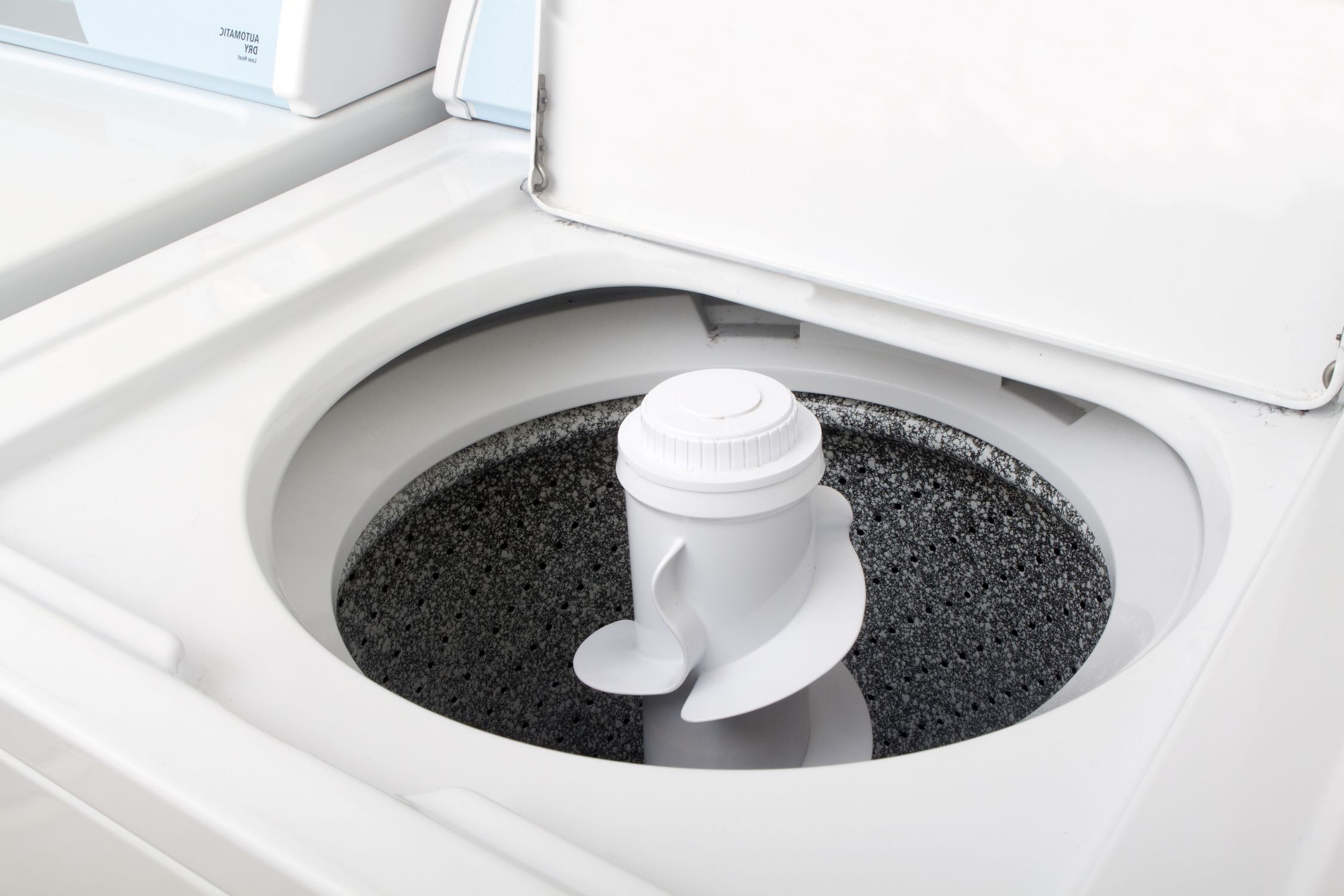
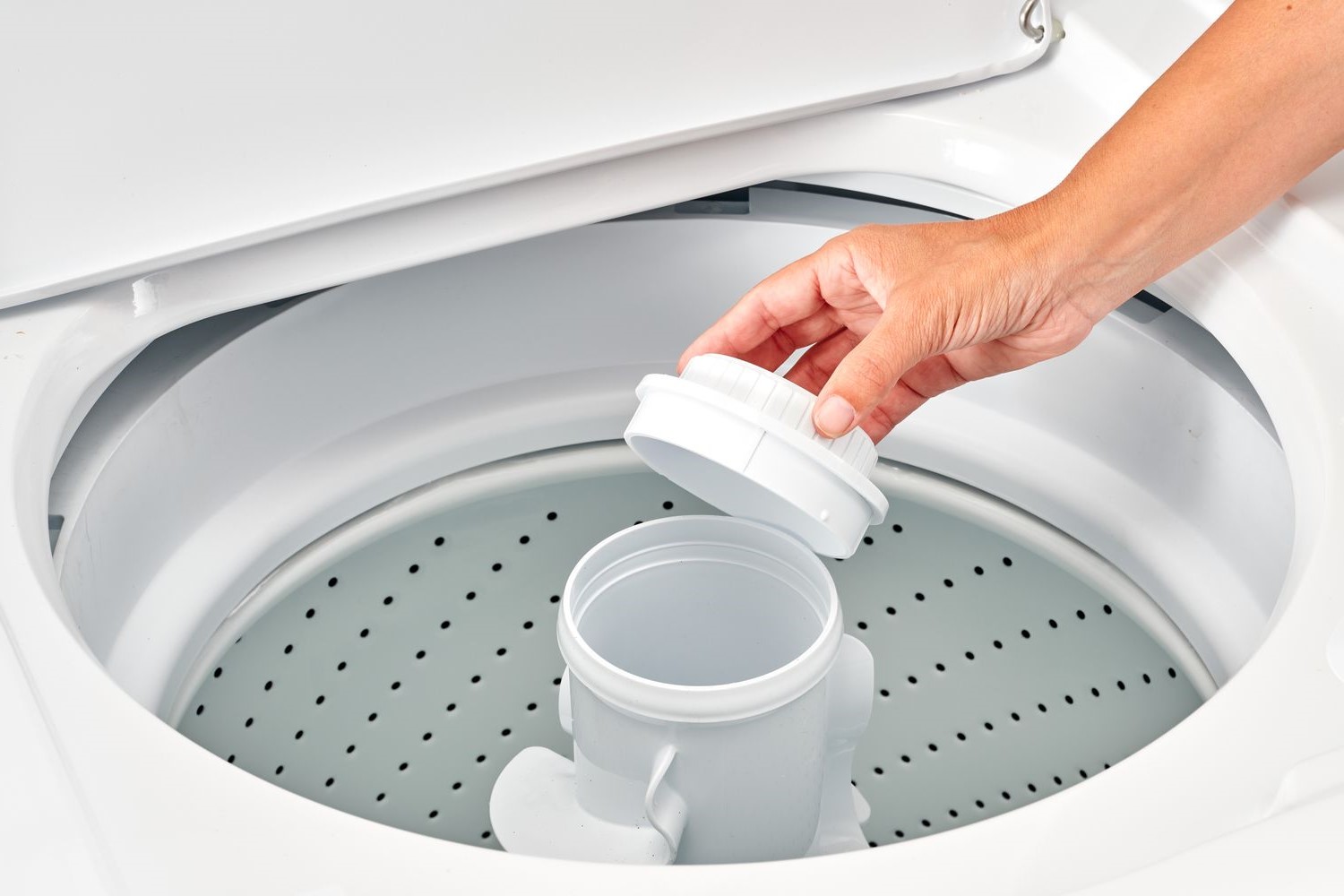
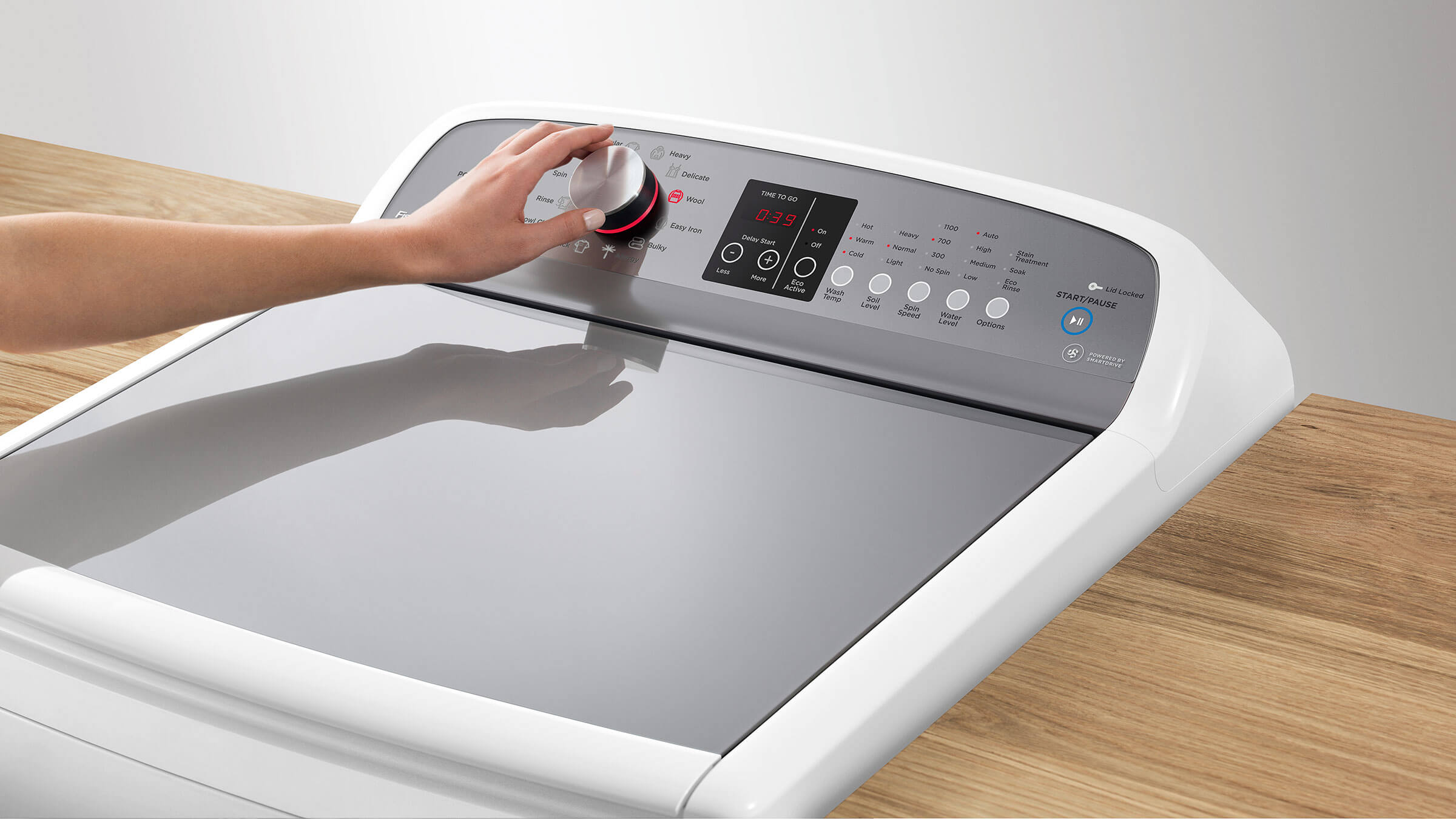
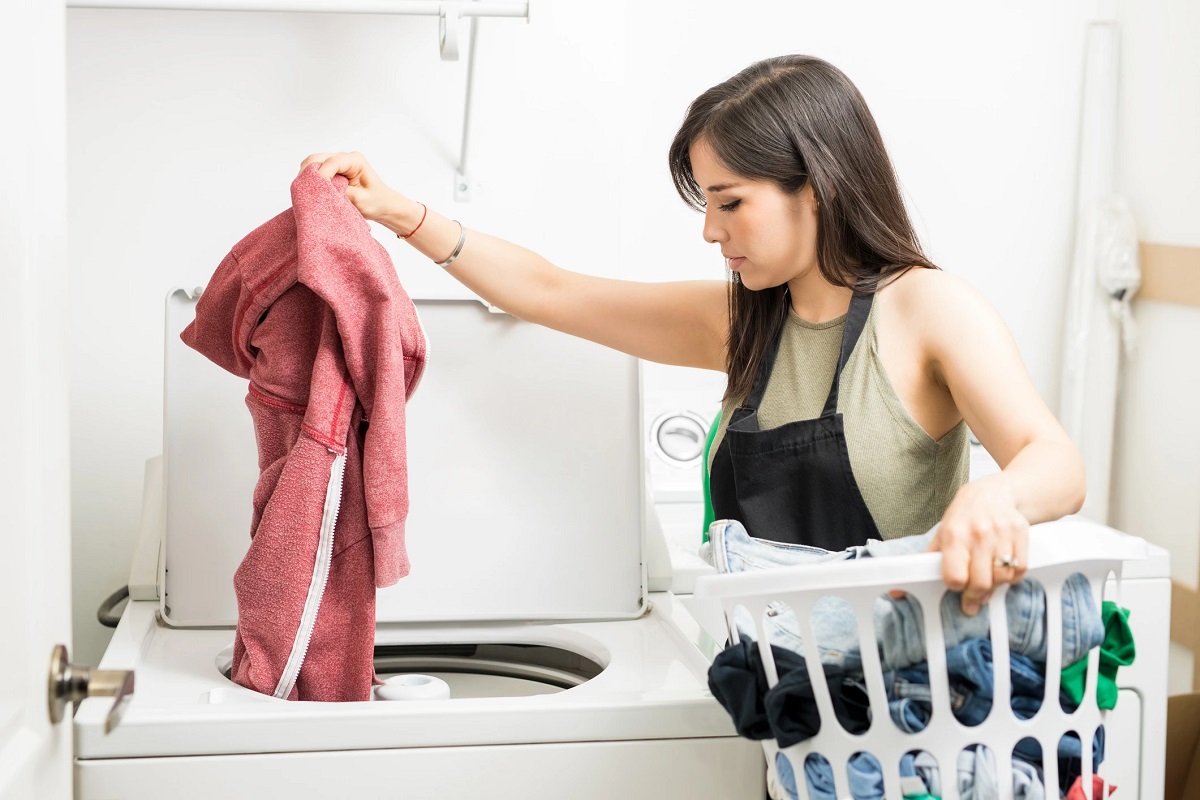
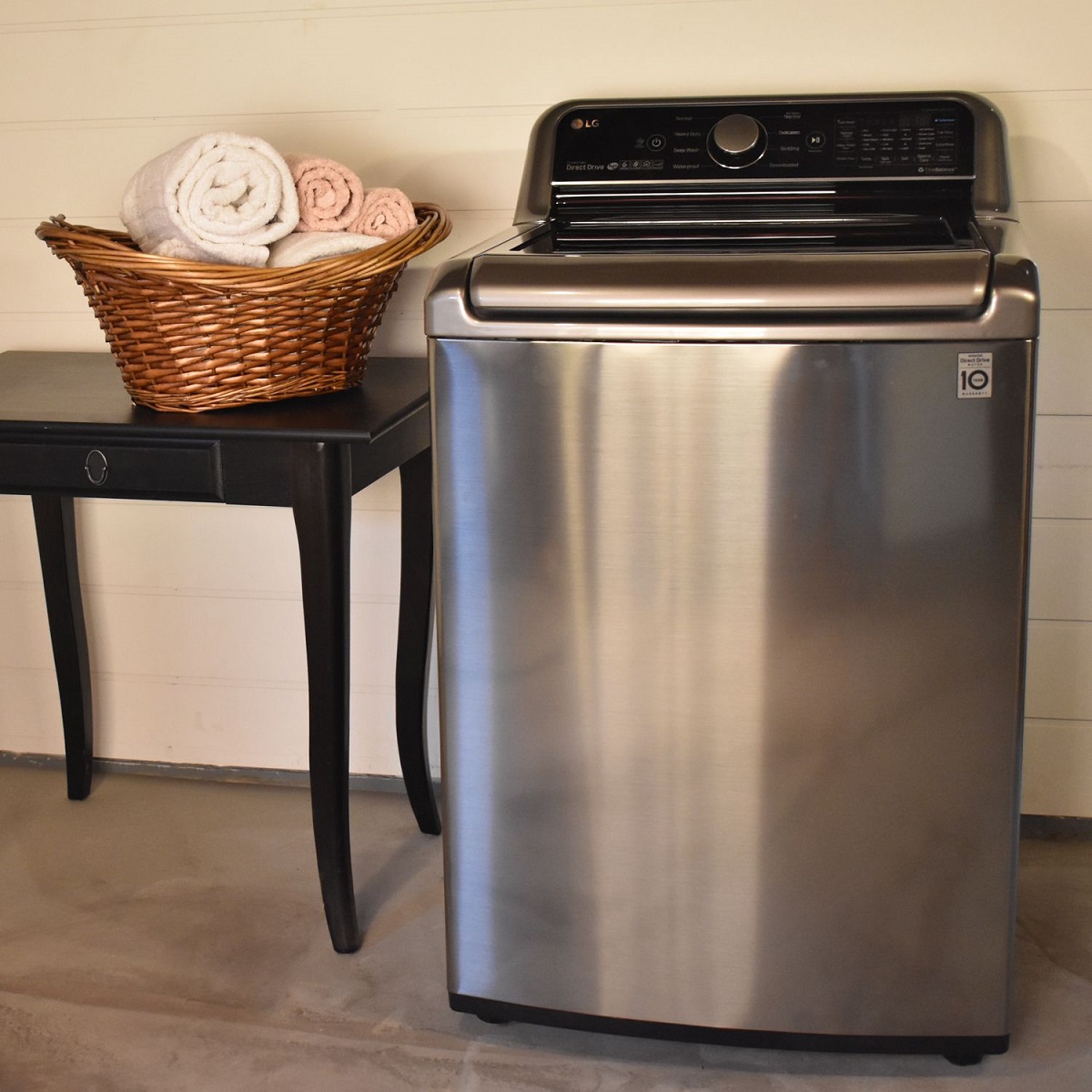

0 thoughts on “How To Clean A Top-Loading Washing Machine With Agitator”